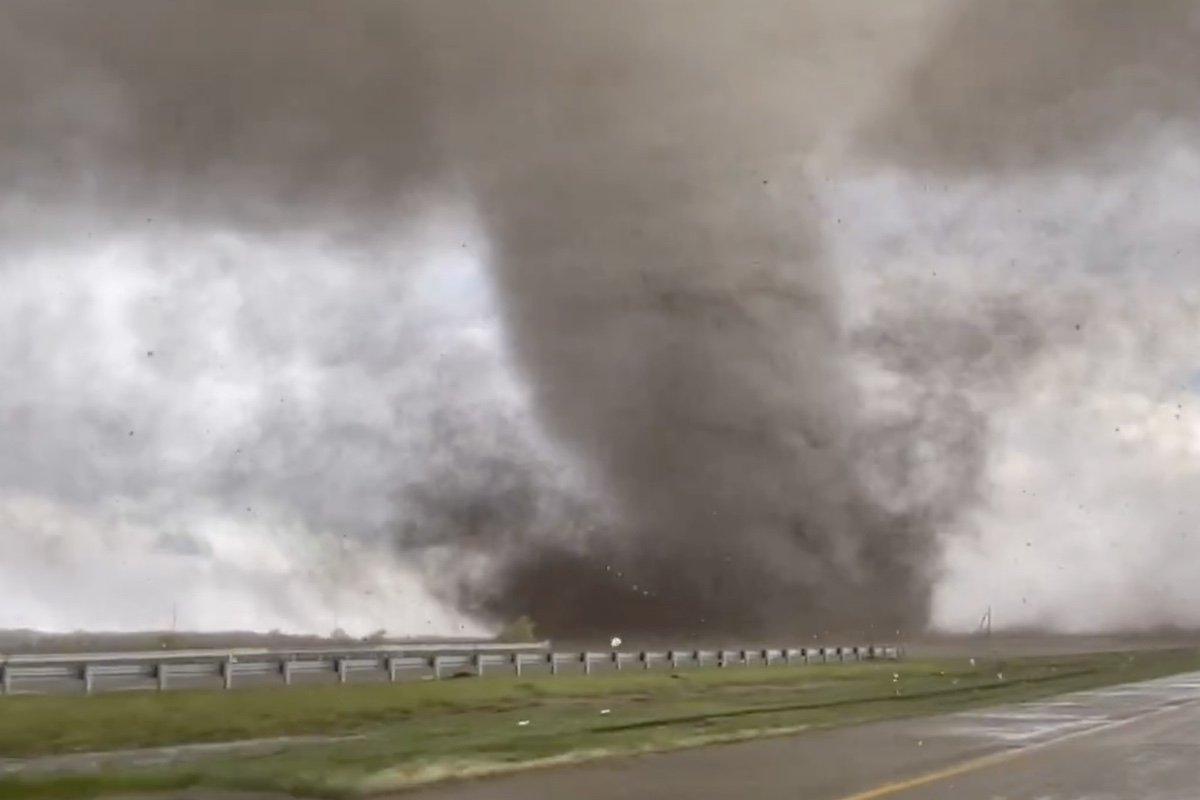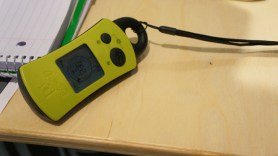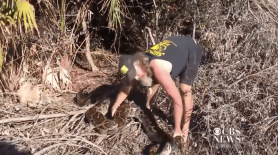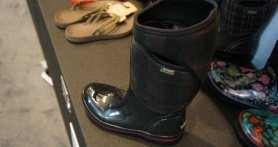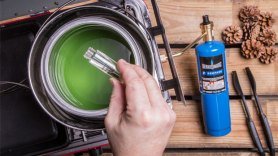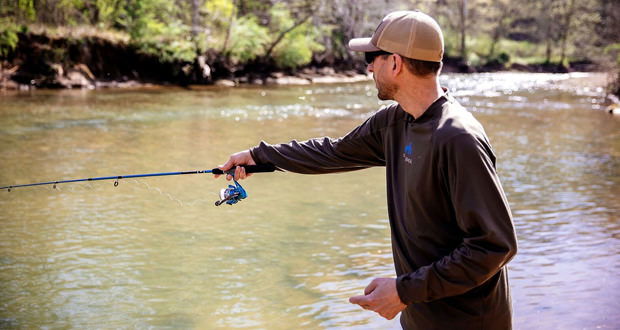

Some of the biggest differences between fishing still waters like lakes and ponds and flowing waters like rivers, streams, and creeks are locations where you’ll most likely find the fish. In flowing waters, fish frequently seek out places where they can get a break from constantly working to fight the current. Not surprisingly, these places are called “current breaks.” We got to try out all of the tactics below when we were out on the creek for an afternoon with Charlie Logston, a local expert on fishing Otter Creek. It took us a few casts, but we finally found the fish!
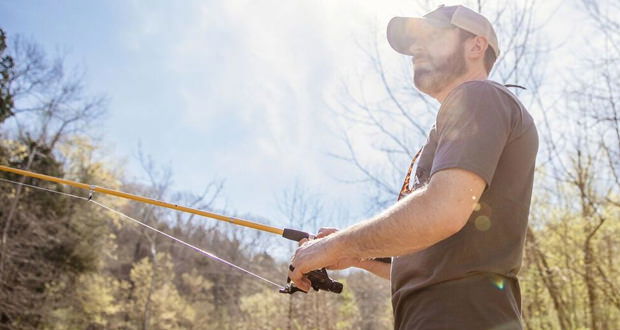
When you approach a small stream or river, look for these current breaks and start fishing there:
Outside Bends
Deeper water frequently has less current velocity than shallow water, so you’re looking for deeper water to hold fish. For example, when a stream makes a hard turn to the left, the water on the right side of the turn will probably be the deepest, so that’s where you want to fish.
Drop-Offs
Fish will seek shelter from the current behind drop-offs. However, when they are actively feeding, they’ll move up to the top of the upstream side of the drop-off. These are fish you can catch!
Current Edges
These are places where fast current butts up against slower moving water. These are also called “current seams” and often result from a current obstruction like a downed tree or manmade current block in the stream. Especially with polarized sun glasses, you can usually see these edges pretty easily on the surface. Work your lure or bait on the slow side of the seam, but right up against the edge of the vaster water.
Boulders
When current hits a boulder, it moves up or around the rock forming an area of calm water to the upstream side of the rock. It would seem more logical that the current break would behind or downstream of the rock, but that’s actually not the case.
Eddies
These are the places where the current seems to flow upstream or in a circular motion. You can see these easily, especially when there is foam or debris on the surface. Eddies can be wide as the river or no bigger than a bicycle wheel, but either one can be a great place to hold fish in a stream.
Creek Mouths
The cooler waters dumped into stream or river by a small tributary or spring can be great places to fish. First because the fish may be seeking the cooler water especially in the warm weather months, and secondly because the angle of the entering water contacting the flowing water of the mainstream can create a current edge described above.
